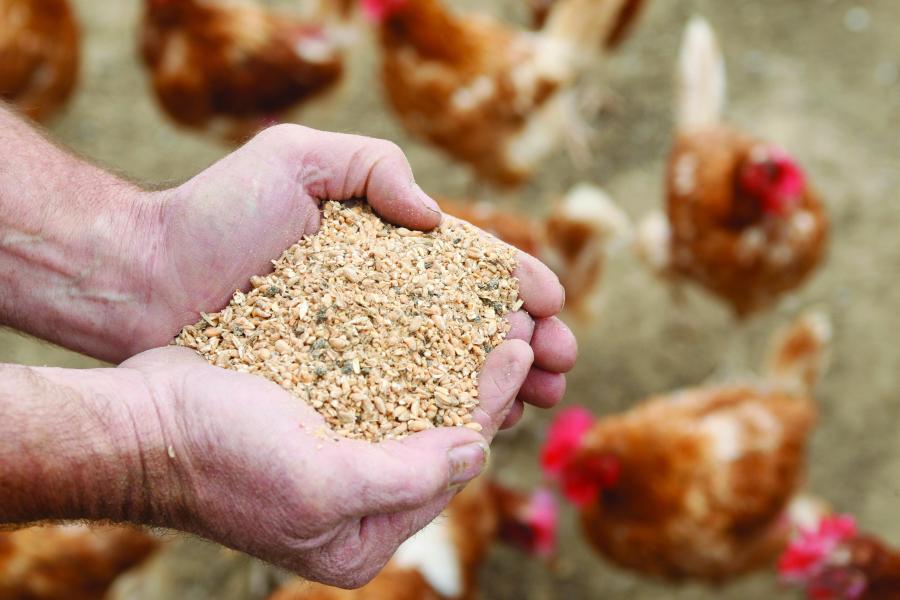
Each year some 650,000 tonnes of ‘former foodstuffs’, ranging from broken biscuits to unwanted pasta, is turned into valuable animal feed, new figures show.
The feed has an energy value equivalent to feed wheat from around almost 92,000 hectares of farmland.
These figures have been calculated by the UK Former Foodstuffs Processors Association (UKFFPA) whose members take products from the food industry which cannot be used for human consumption but are compliant with feed legislation, and process them for use in animal feed.
And the former foodstuff processing industry in the UK is starting to make its contribution to the ‘circular economy’ felt.
Paul Featherstone, UKFFPA chairman said: “Both our food industry suppliers and our members are committed to complying with WRAP’s (Waste and Resources Action Programme) food material hierarchy, which sets as its first priority that all food fit for human consumption is consumed by humans.
“We are definitely not in competition with food banks or any other initiatives that divert useable food back to those who need it.
Mr Featherstone added: “However, we also want to ensure that food, and the energy it contains, is kept in the ‘circular economy’ and, wherever possible, returned to the food supply chain rather than going into single-use bio-energy generation, or worst still, landfill.
“It is inevitable that despite the best efforts of food manufacturers there are food products that cannot be used for human consumption, and that’s where we come in,” he said.
Cake and pasta
Food products which are processed by UKFFPA include cake, pastry, pasta and breakfast cereals, confectionary, cereal grains and fruit and vegetable. No meat or meat products are processed.
The association is an affiliate of the Agricultural Industries Confederation (AIC) which runs a number of assurance schemes in the agricultural supply chain.
Between them, UKFFPA member companies and other participants in AIC’s FEMAS (Feed Materials Assurance Scheme) process around 650,000 tonnes of former foodstuffs every year.
Calculations show that former foodstuffs provide 1.16 times more energy than feed wheat. For example, 650,000 tonnes of feed processed from former foodstuffs is equivalent to 755,000 tonnes of feed wheat.
At current average yields it would take around 92,000 hectares land to grow this amount of feed wheat.
It comes as the farming industry pledges to tackle food waste from farm-to-fork in a new initiative launched in September.
